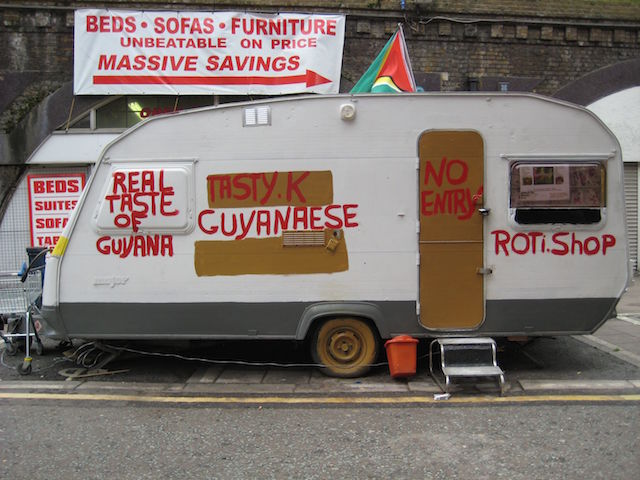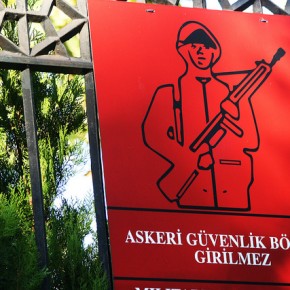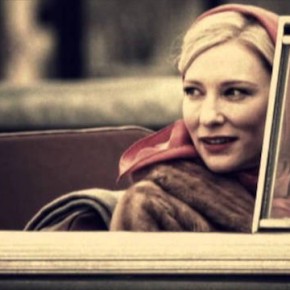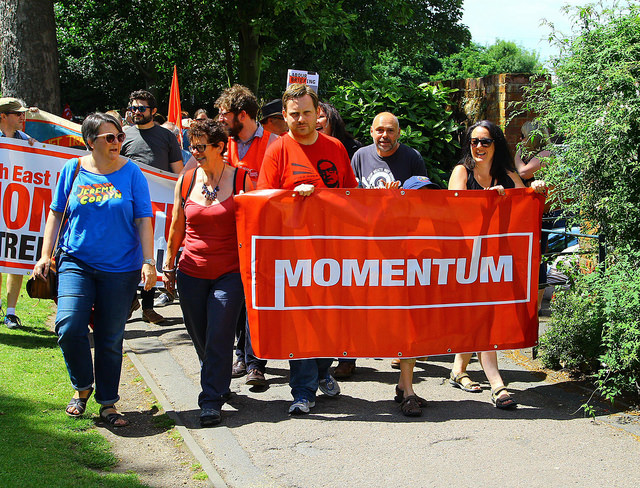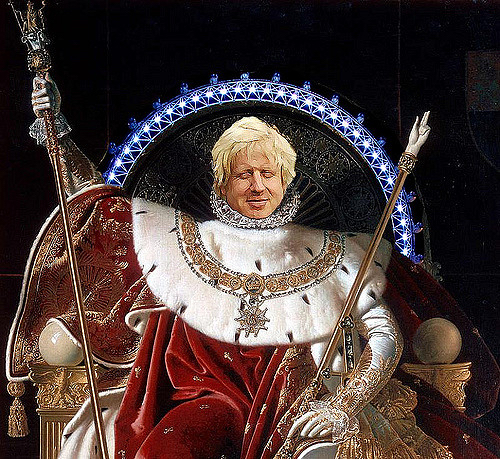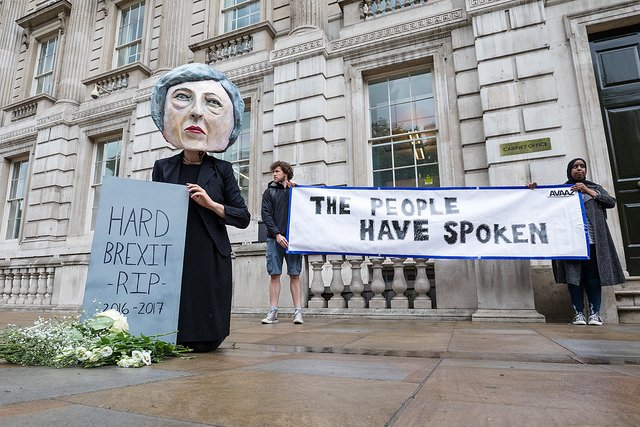In recent years, there has been plenty of talk of devolving powers to London thereby allowing the city to exempt itself from the same tax rate and regulatory measures as the rest of the UK. It’s not surprising that the case for decentralisation should be made on such grounds. London is the centre of political and economic power in the country. But it is also the city of squats, warehouse raves, hipster cafes and the liberal commentariat.
It’s clear why special powers for London may be resented by the rest of the country. However, it’s also the case that the trend of devolution began with the peace process in Northern Ireland, as well as referenda in Scotland and Wales. Proposals for regional assemblies were rejected in England. Yet the trend of decentralisation could offer new battle lines on policy. If London gains new powers, it would be illogical for the North and the Midlands to remain silent.
The politics of the city are noteworthy. Out of the 73 constituencies, which make up London, 45 were claimed by Labour, 27 by the Conservatives, and just one for the Liberal Democrats. What do all of them hold in common: liberalism. Whether it’s the economic liberalism of the Conservatives, or the social variety paid due lipservice by Labourites and Lib Dems. Yet the spectrum of opinion in the city remains broad and complex.
It’s the city where left candidates, such as Jeremy Corbyn, Ken Livingstone and George Galloway can all get elected. But it’s also home to Boris Johnson, Zac Goldsmith and Iain Duncan Smith, as well as Blairites like Harriet Harman. The city is sometimes talked about as ‘immune’ to far-right politics. Actually, the BNP’s Richard Barnbrook was elected to the London Assembly by Barking and Dagenham, which he only left in 2012 after serving one term.
It’s often claimed London has become home to reactionary Islamists. Although this is exaggerated by the right-wing press, there are infamous cases: like the hook-handed Abu Hamza at the Finsbury Park Mosque and the risible Anjem Choudary (formerly known as Andy). Sometimes these bedraggled elements lead small noisy protests and provoke responses from the far-right. Britain First has marched through Tower Hamlets to intimidate the Asian community.
Yet such displays are notably impotent. London’s population is divided about 60:40 between ‘white’ people and people of colour. Famously, ‘white’ British people make up 45% of the overall population. Perhaps more interestingly, 37% of the city’s populace were born outside of the UK including over 24% outside of the European Union. Hundreds of languages are spoken in this city. This is why the BNP and UKIP have dismissed London as a ‘lost cause’.

The idea that the multicultural society was imposed as part of a left-wing policy agenda has gained considerable traction in some quarters. In actuality, liberal multiculturalism was a compromise by the establishment after its efforts at restricting ‘non-white’ immigration largely failed or backfired. Immigration was always a necessary part of supplementing declining reserves of labour. Originally it was multiracialism, but the category of race became subsumed beneath talk of ‘culture’.
By this same process, multiculturalism became the default position of left-liberals, while opposition to it became the cause of nationalists. The emphasis on culture holds obvious advantages over the old discourse of race. The problem was that the racists were liberated into a cultural discourse. Soon came warnings about the dangers of Muslim ‘culture’ and even Black ‘culture’. Even still, this narrative has much more power to galvanise outside of London than it does inside.
As residents of a megalopolis, Londoners tend to go about their days politely ignoring each other. So people who may despise one another on sight can coexist. The lack of privacy experienced in a small city or town has been dissolved. This is a triumph of bourgeois individualism – mass anonymity. Communities are mostly to be passed through by socially mobile agents. You might settle in one area, but only temporarily.
The city itself is a smorgasbord of minute enclaves. One street might be inhabited by the nouveau riche, while an estate nearby is populated by the under-class. Large chunks of the cityscape now resemble Ballard’s vision of the future. Any trip on the DLR will provide views of postmodern architecture and cable carts above overflowing dumps and undeveloped plots of land. The hyper-modern sits next to the decaying and seemingly wild.
Although this level of deracination may be at its zenith, it is not unique to this century. In the nineteenth century, the conservative pessimist Schopenhauer praised this aspect of life in London. Another pessimist, Thomas Hardy, once damned London as a monster with four million heads and eight million eyes. Today it’s the biggest city in Western Europe – over eight million heads and sixteen million eyes.
If we’re going to imagine future utopias, we might wonder what we would keep from the capitalist era. The conditions of a material surplus may be conducive to freedom, but we want it without the stifling constraints of exploitation and private ownership. Wealth production is supposed to continue under socialism, but without the form of capital. Freedom would cease to be the right to make private choices (as long as we can afford them).
A post-capitalist world would not be a blank slate, rather it would bring with it the marks of the old world. So it’s surely possible the anonymity of London would be passed on, as it already has been for a long time. This may be a key part for the city to lead the way beyond multiculturalism. Diversity is not enough, hybridity is far more radical. As the city may become increasingly post-national, it may be more in tune with this possible future.
Photographs courtesy of Joel Schalit.
